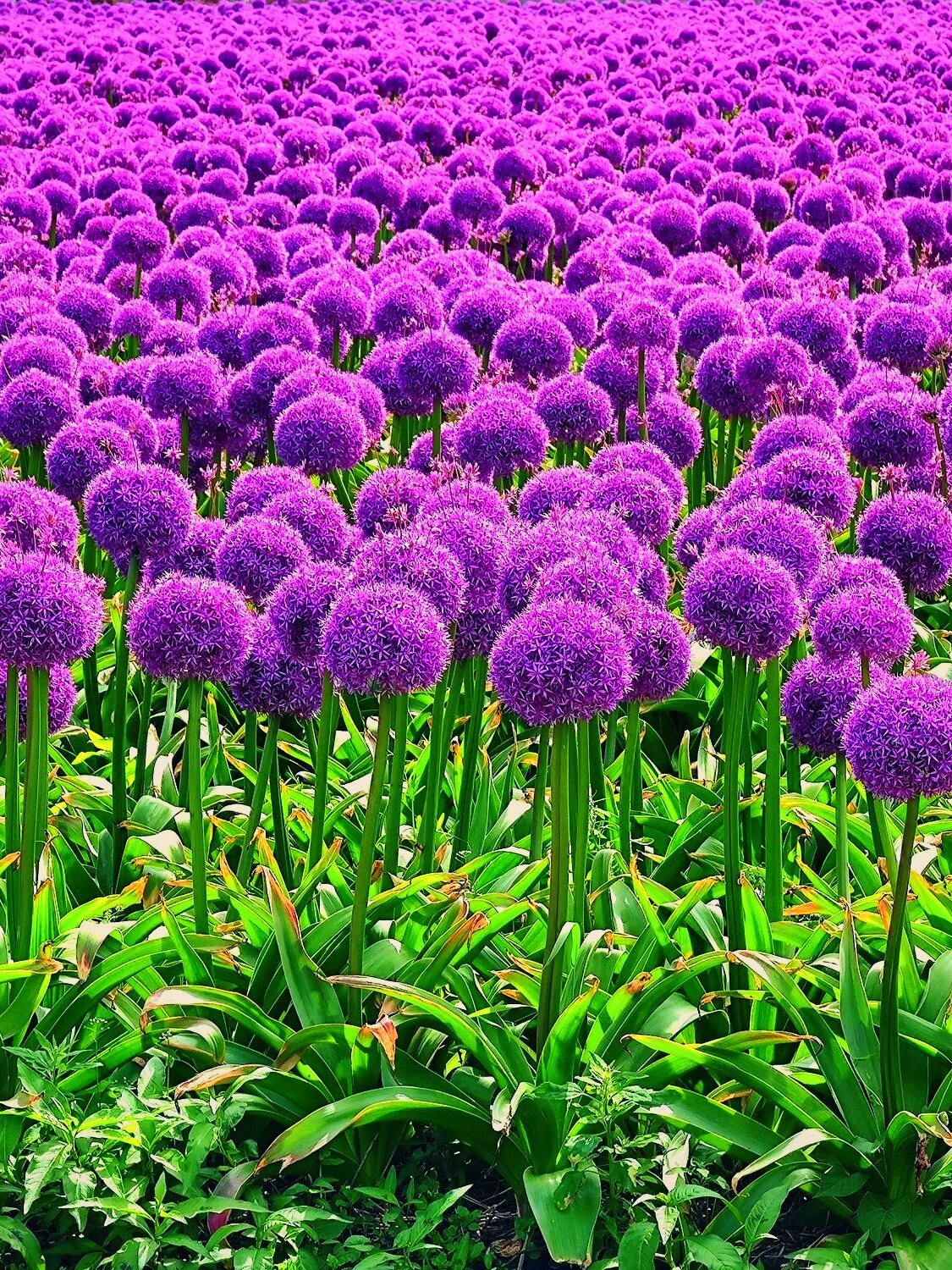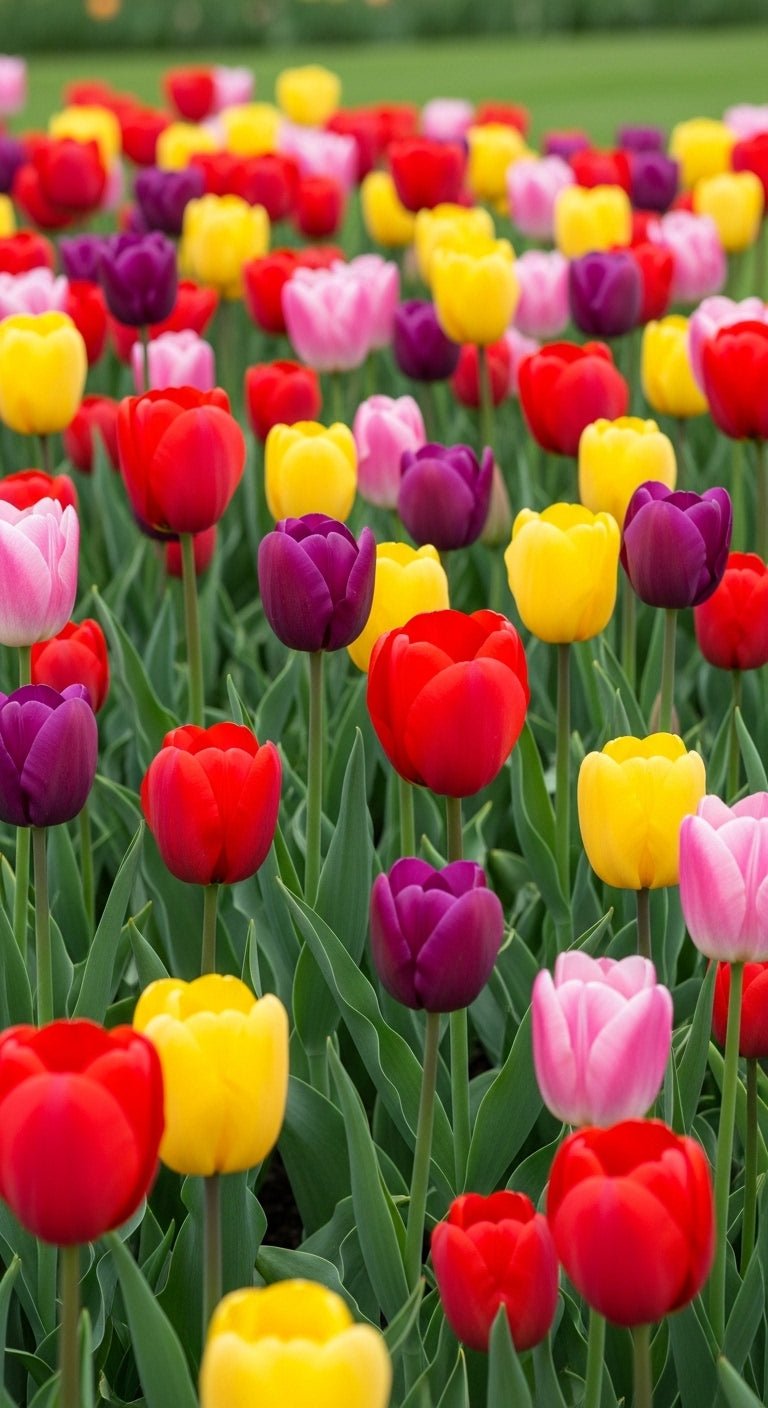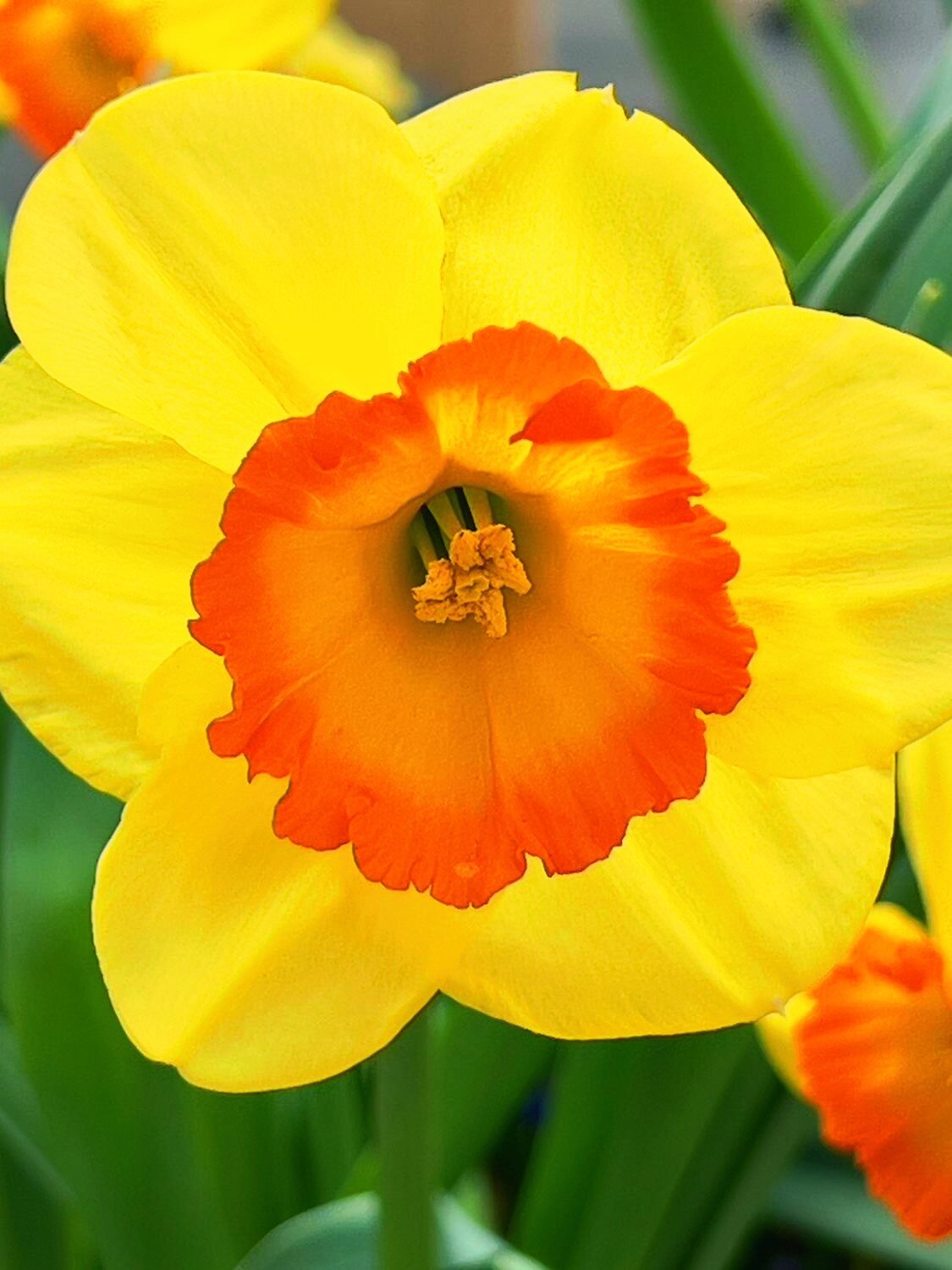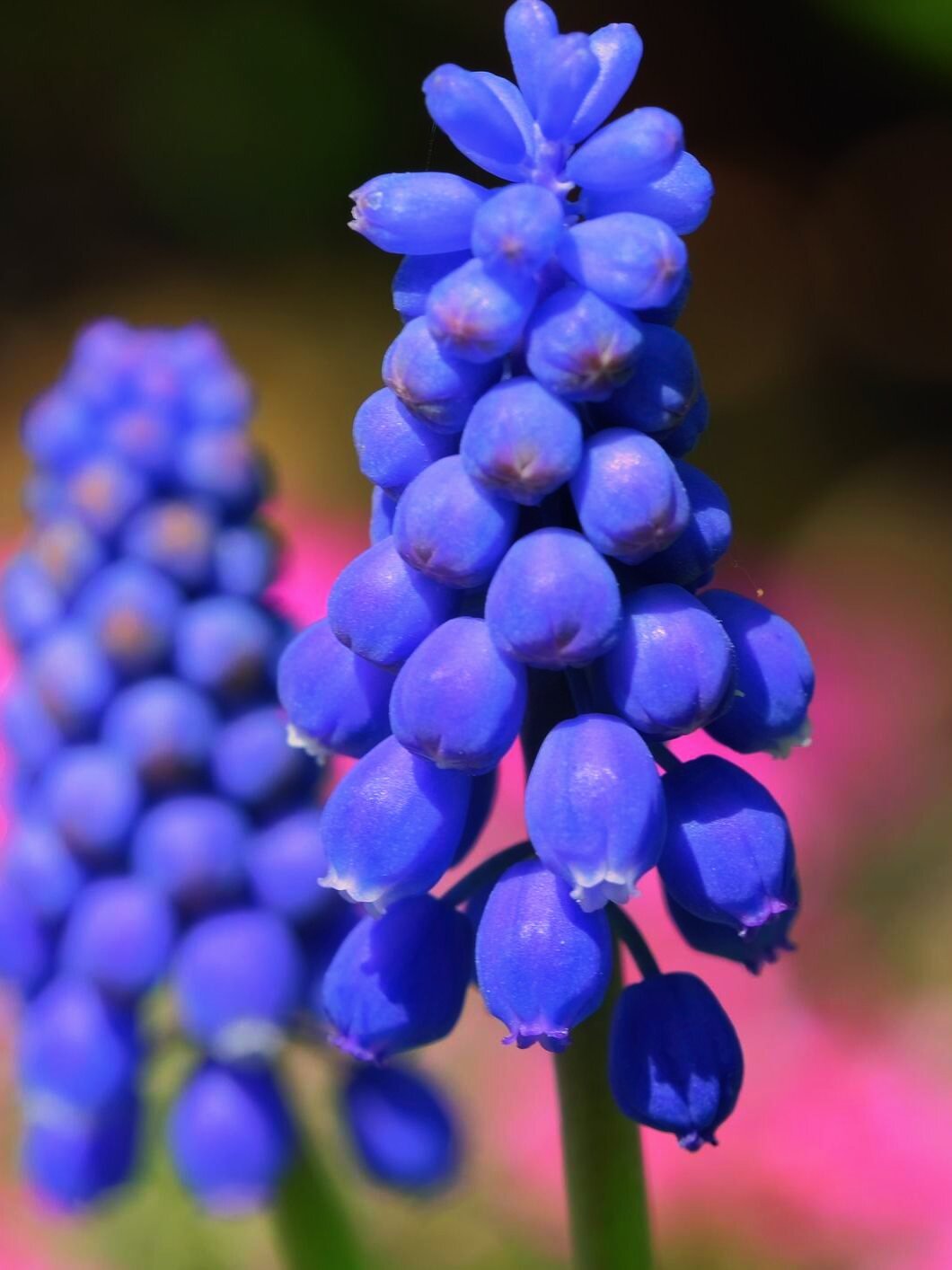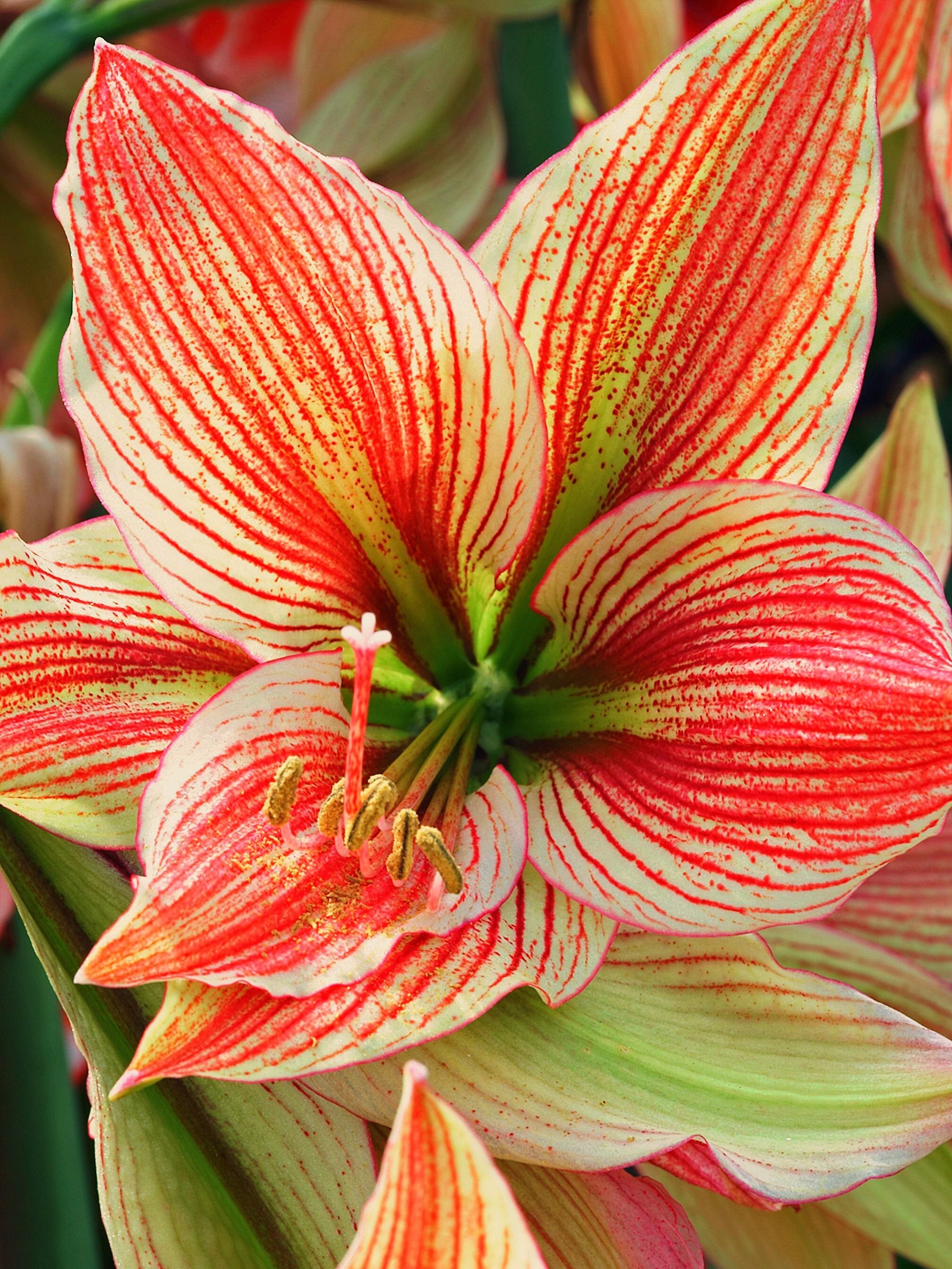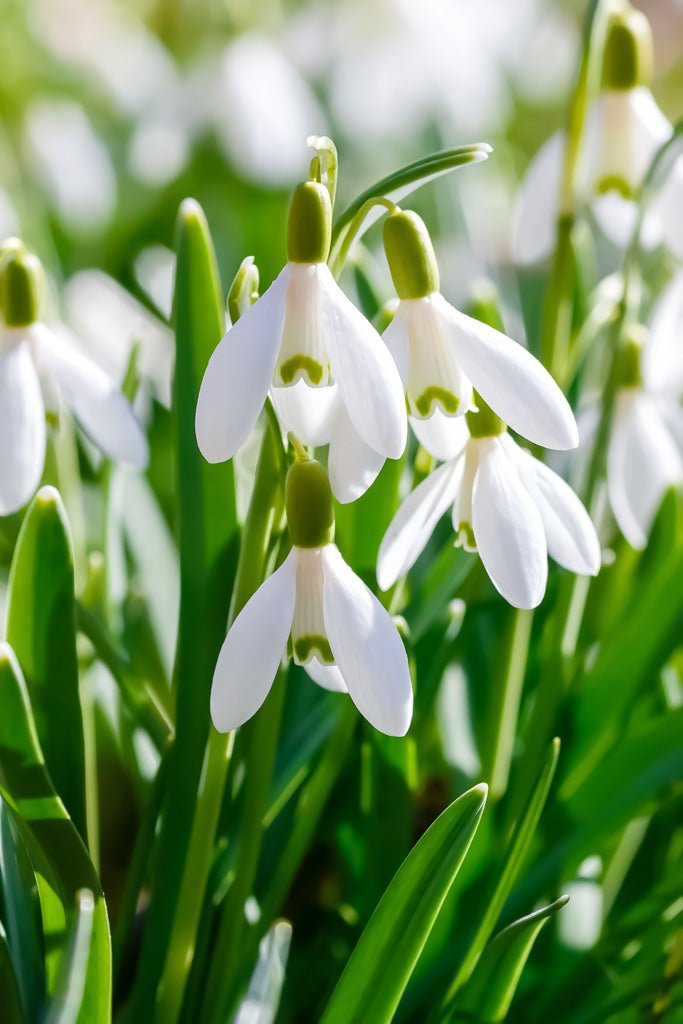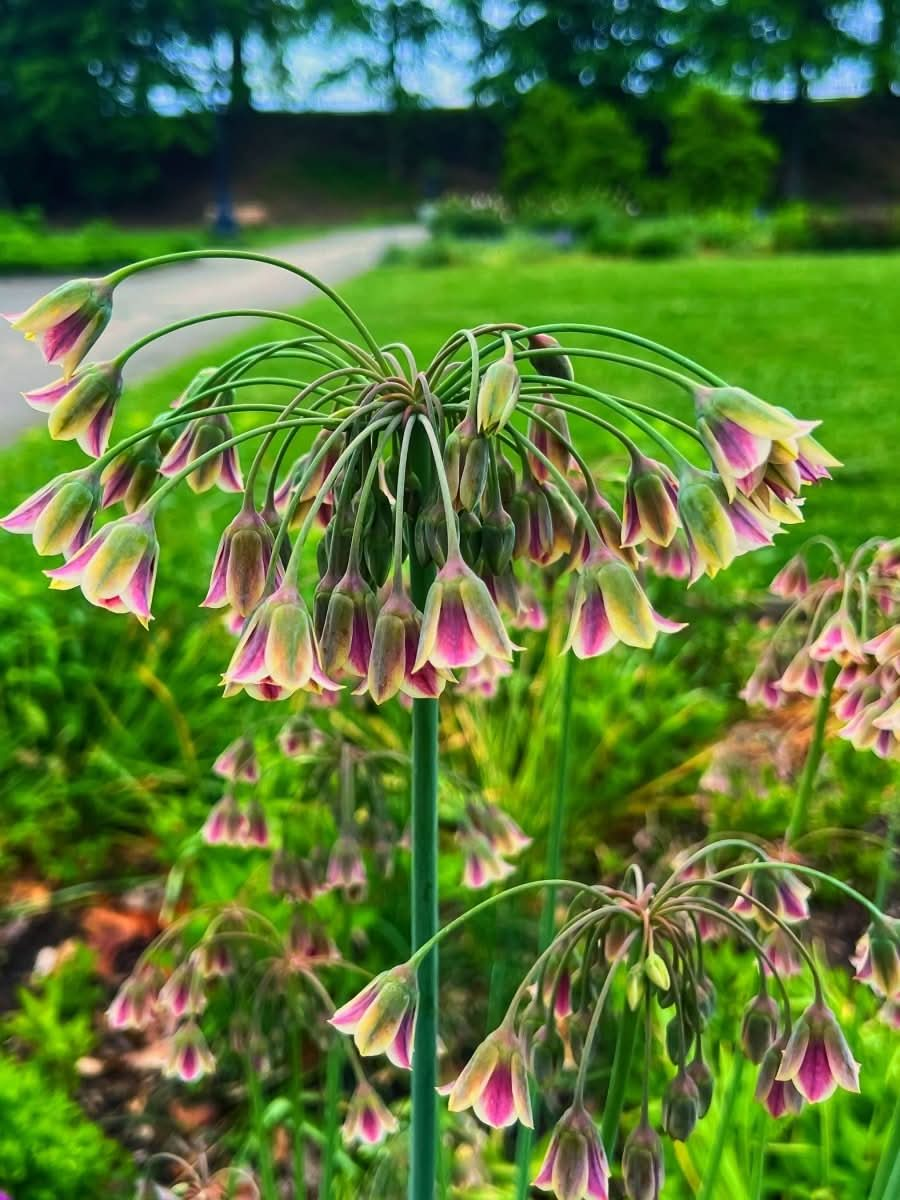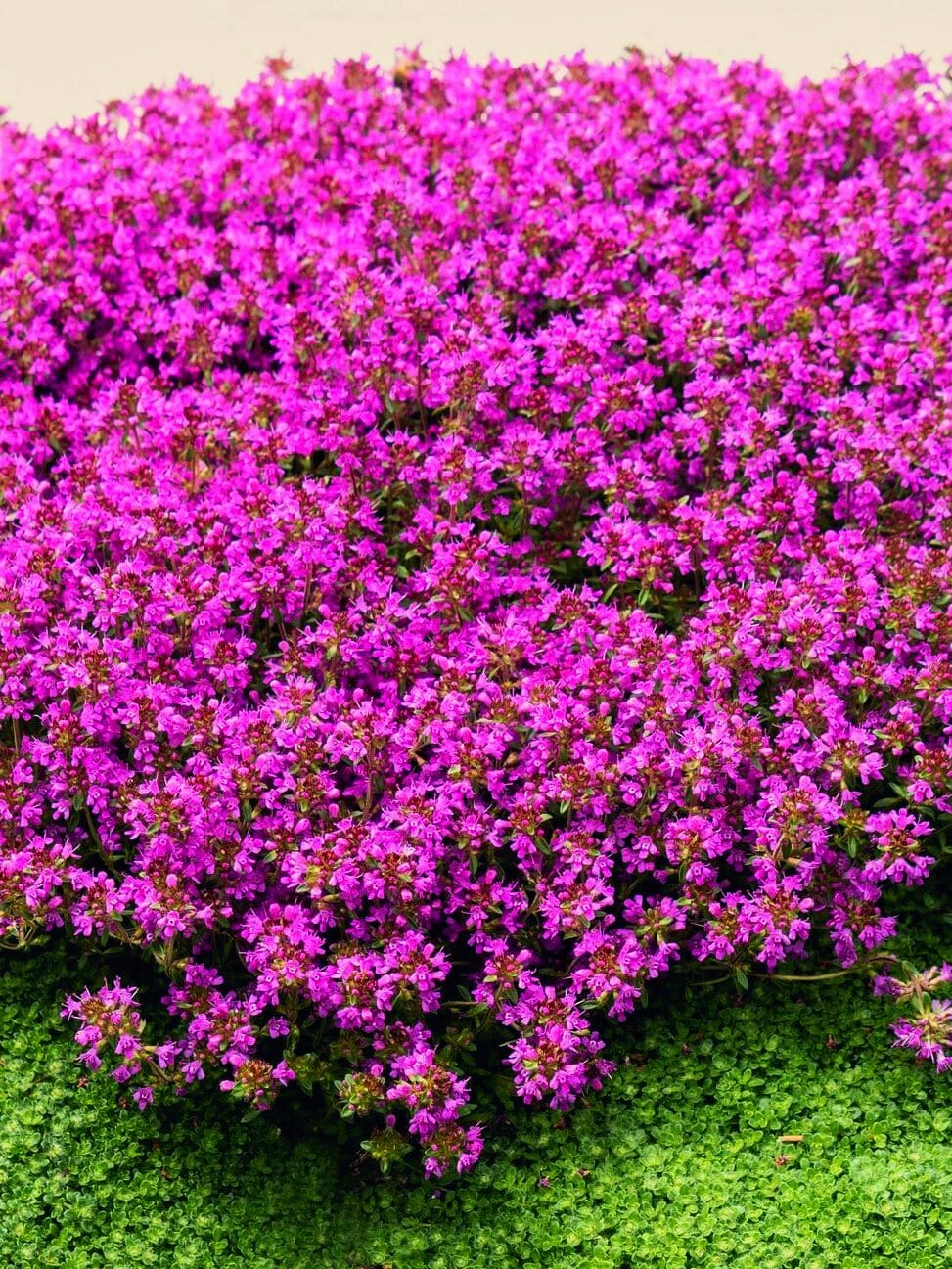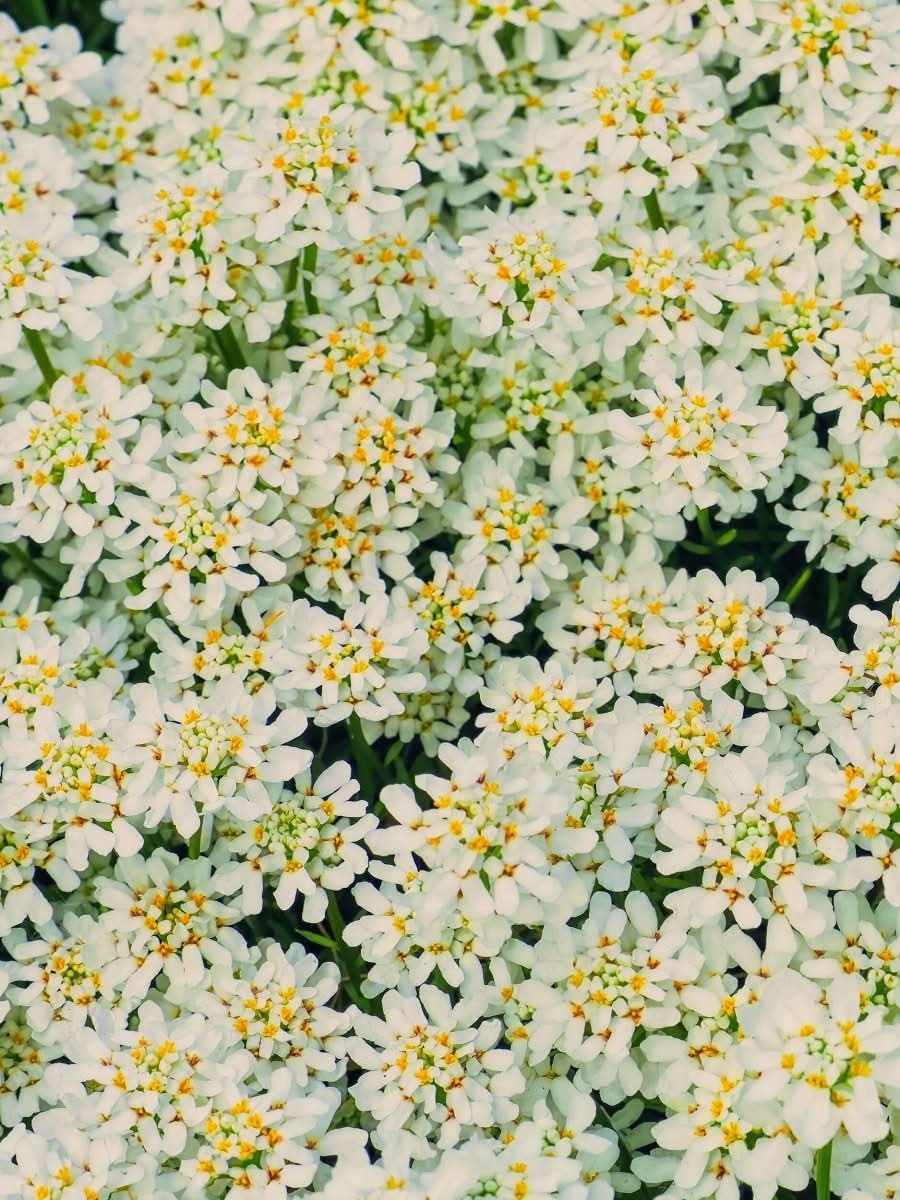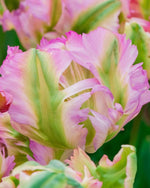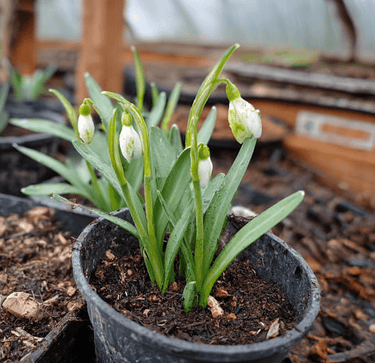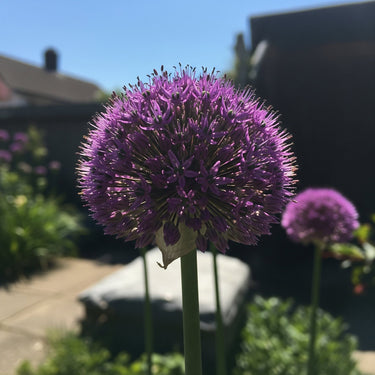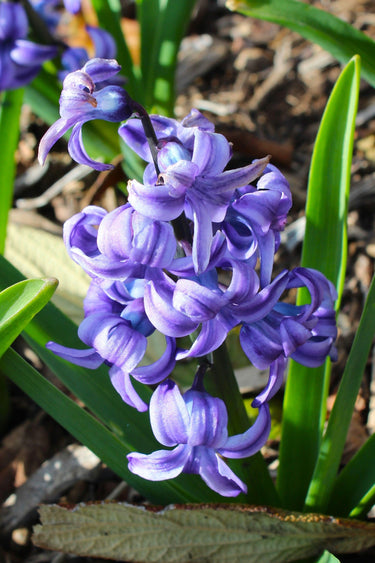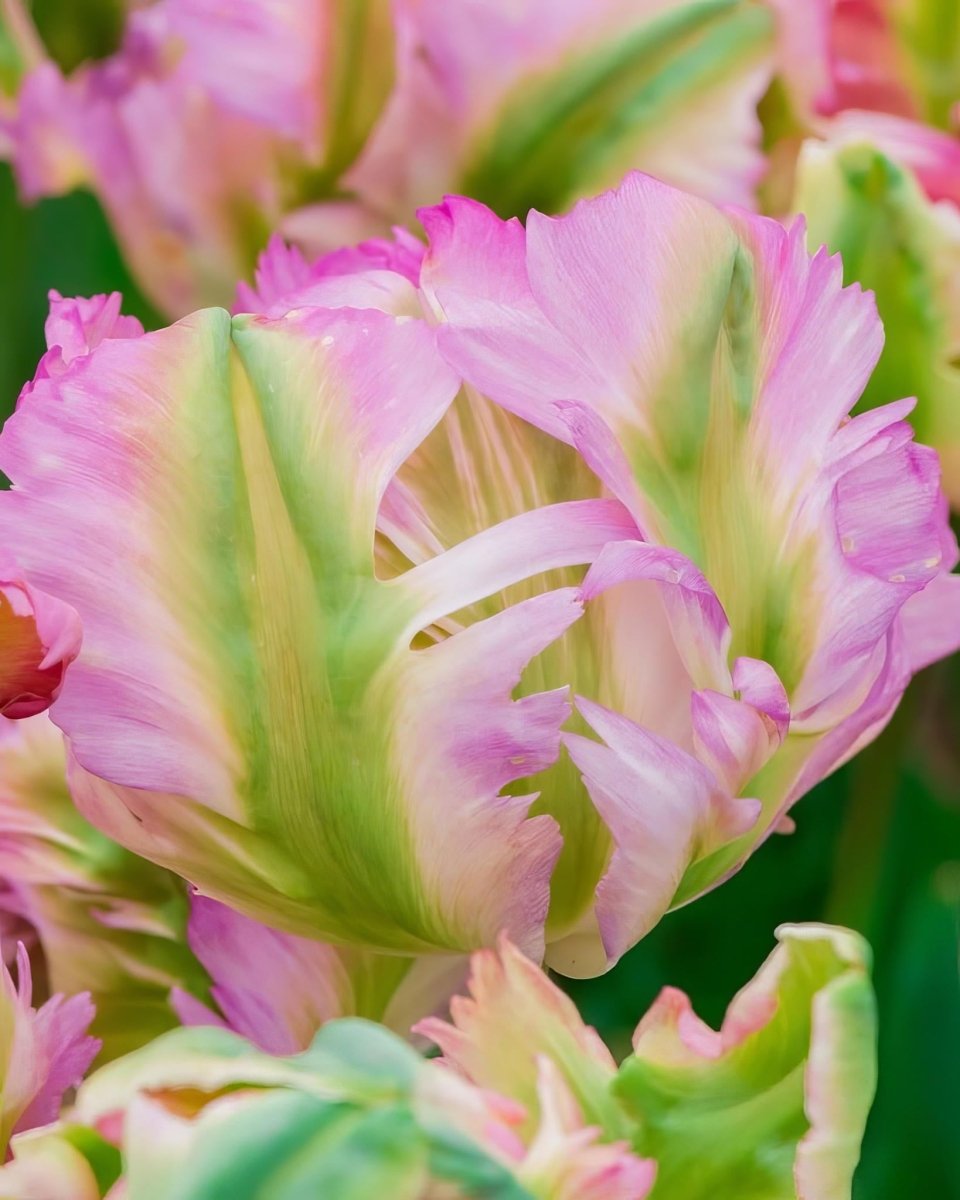
Tulip 'Green Wave'
Large frilled petals in lavender-pink streaked with green. Dramatic parrot-style tulip.
| Botanical name | Tulipa 'Green Wave' |
| Flower colour | Lavender-pink streaked with green |
| Bulb size | 12/+ cm |
| Established height | 50-60 cm |
| Established spread | 15-20 cm |
| Plant spacing | 60 bulbs per m² |
| Leaf colour | Grey-green |
| Habit | Upright |
| Life cycle | Perennial |
| Hardiness | Fully hardy |
| Years to establish | 1st year |
| Sunlight | Full sun, Partial shade |
| Position | Sheltered |
| Suitable for | Borders, Pots, Cut flower gardens, Dramatic displays |
| Soil acidity | Any |
| Soil moisture | Well-drained |
| Soil type | Loam, Sandy |
| RHS Award (AGM) | No |
| Growing skill | Easy to grow |
| Pollinator-friendly | No |
Planting and Flowering Calendar
JAN
FEB
MAR
APR
MAY
JUN
JUL
AUG
SEP
OCT
NOV
DEC
Planting
Flowering
Key Features
Packed in paper
Packed peat-free
Great for Shade
Perfect for pots
Good for cutting

